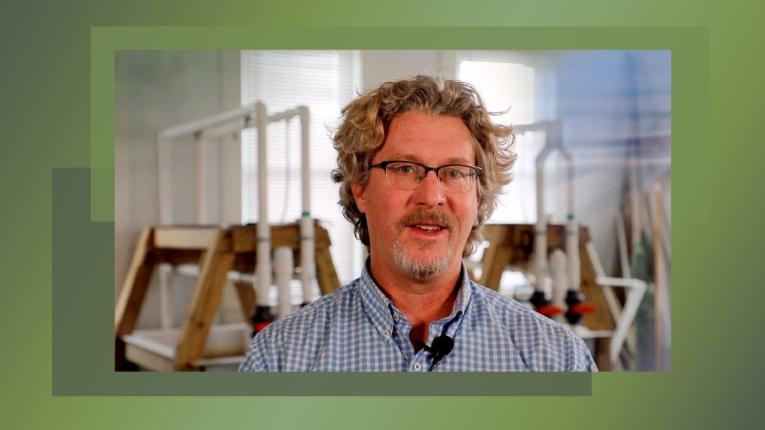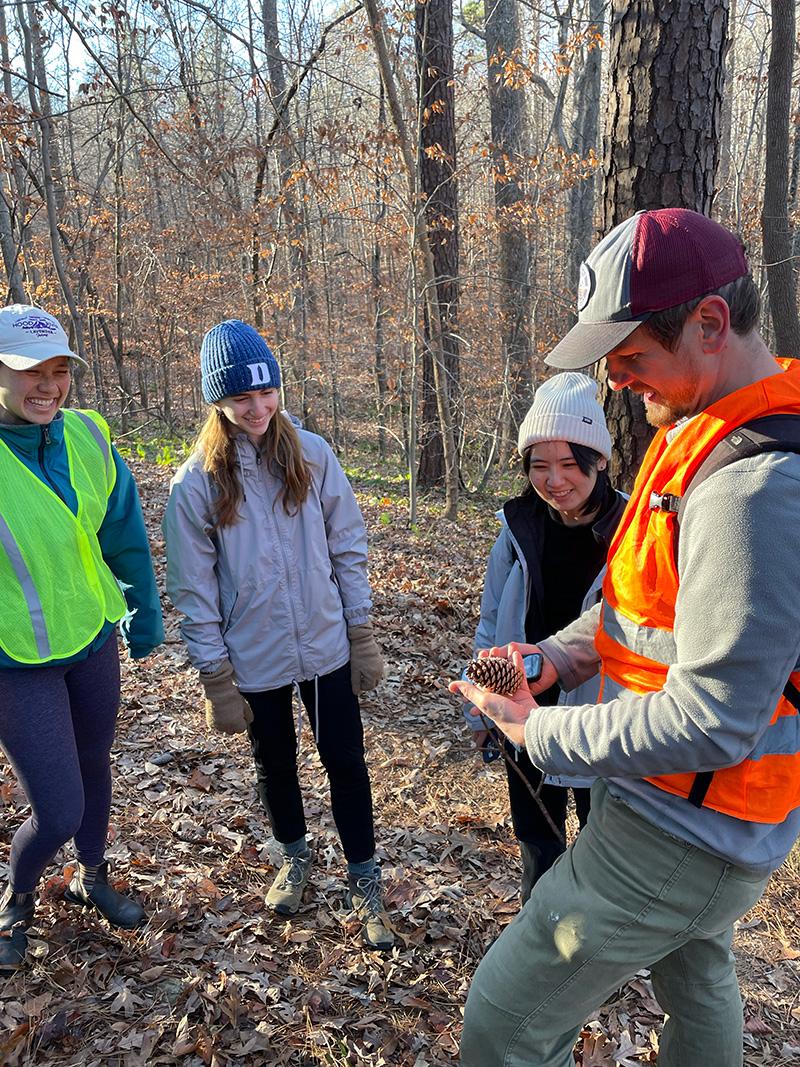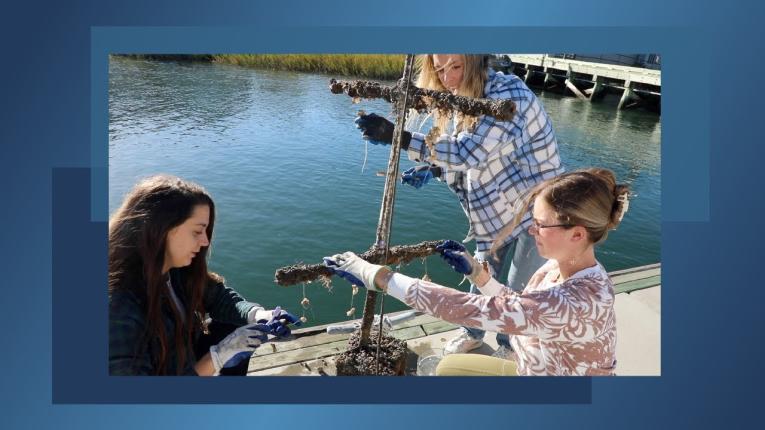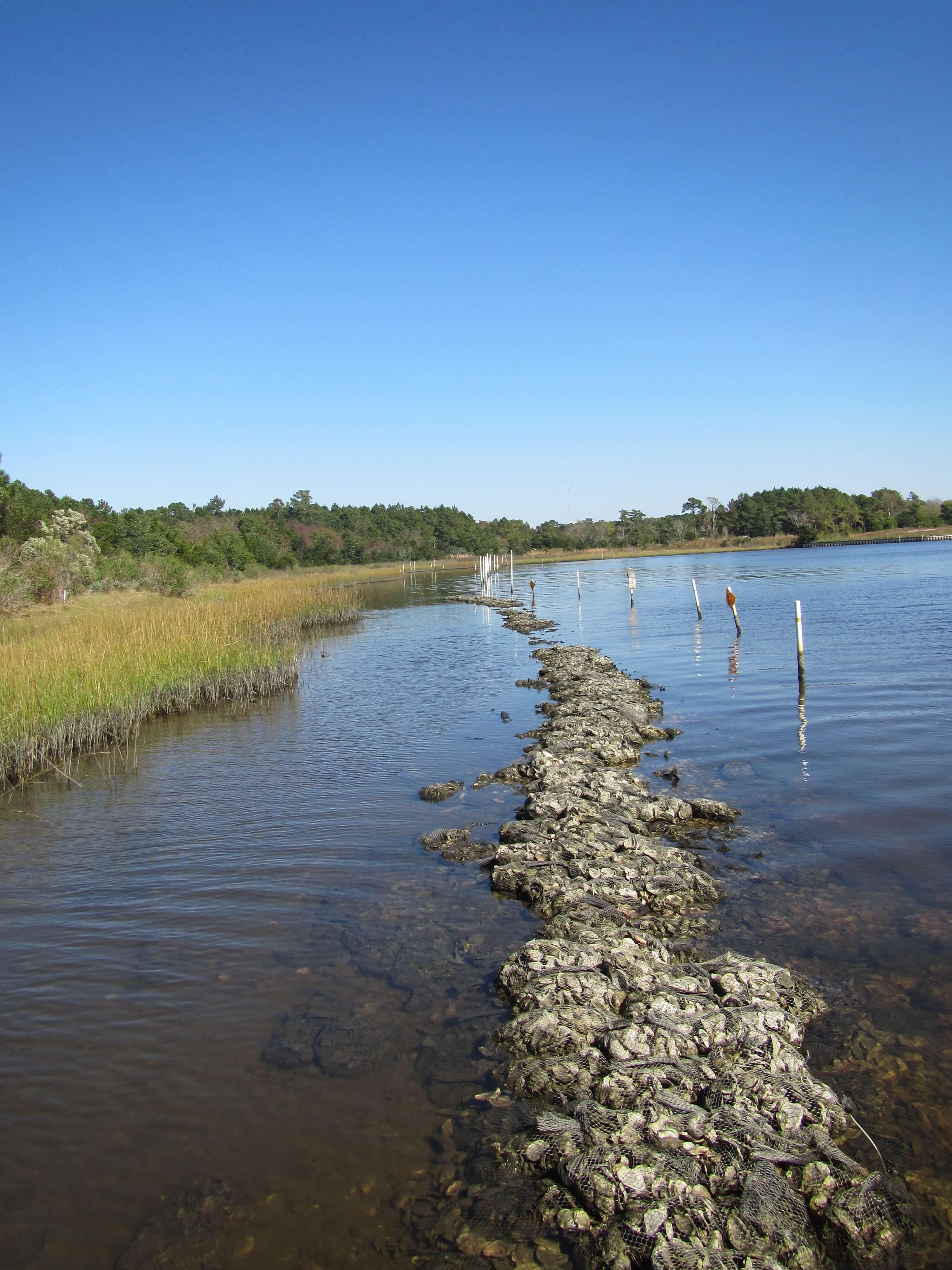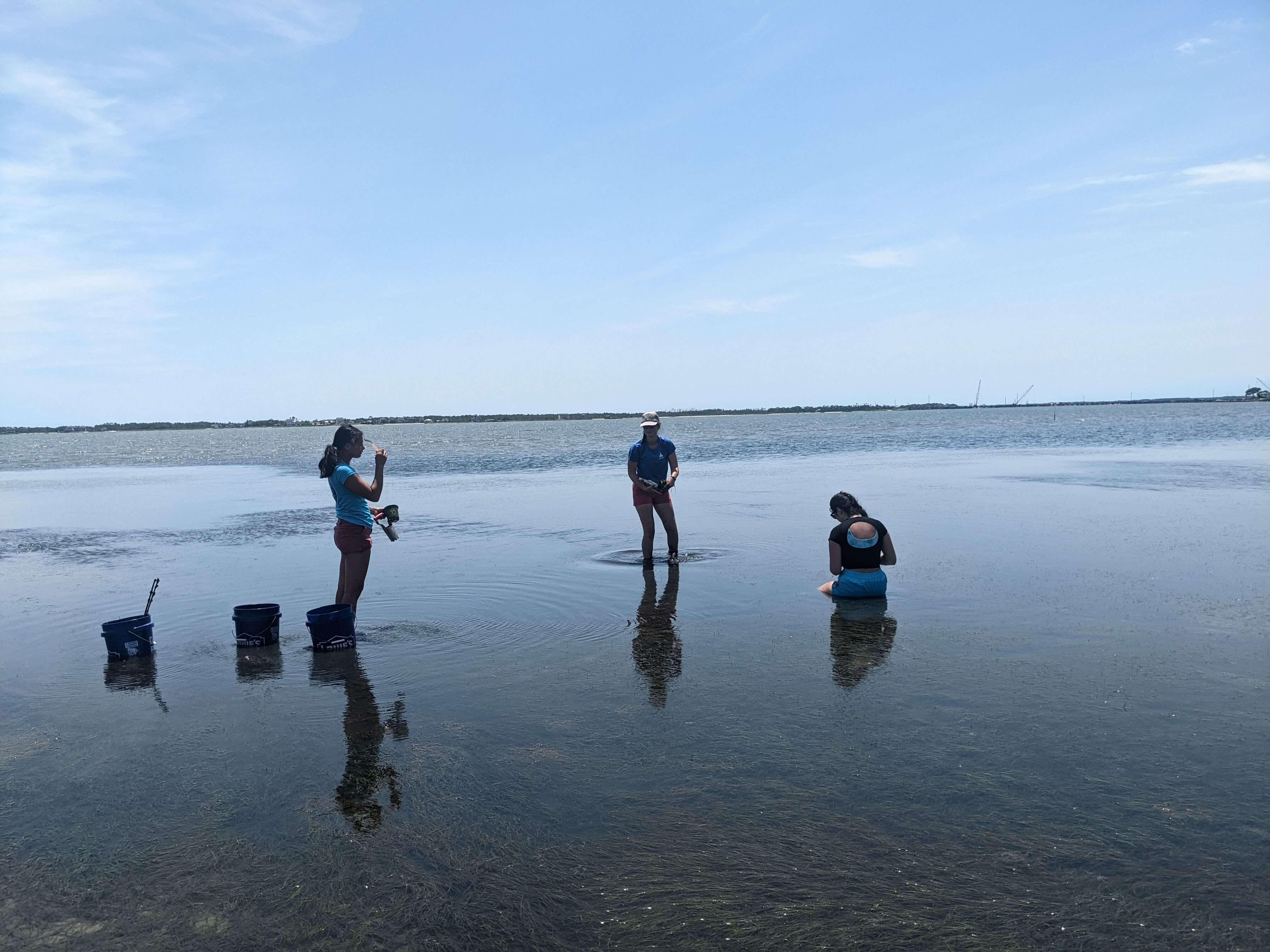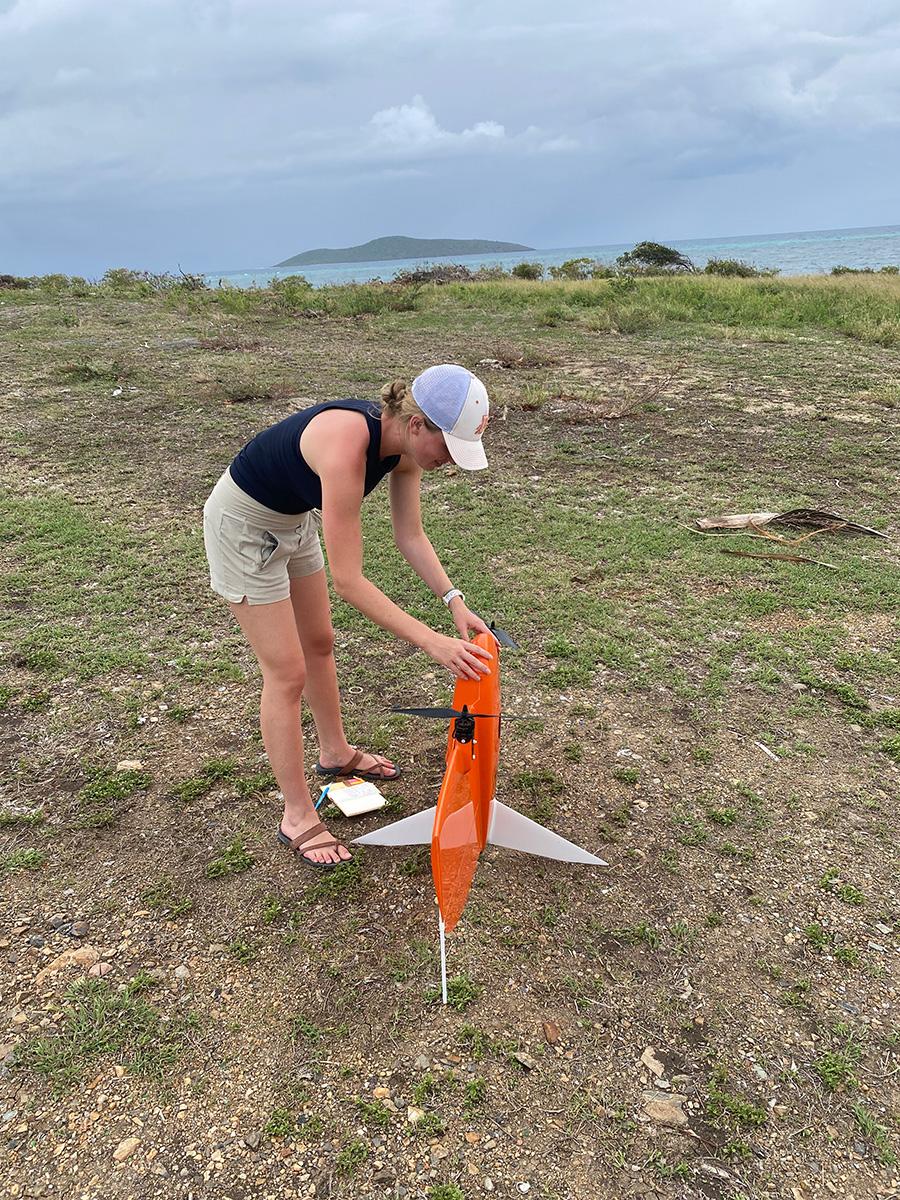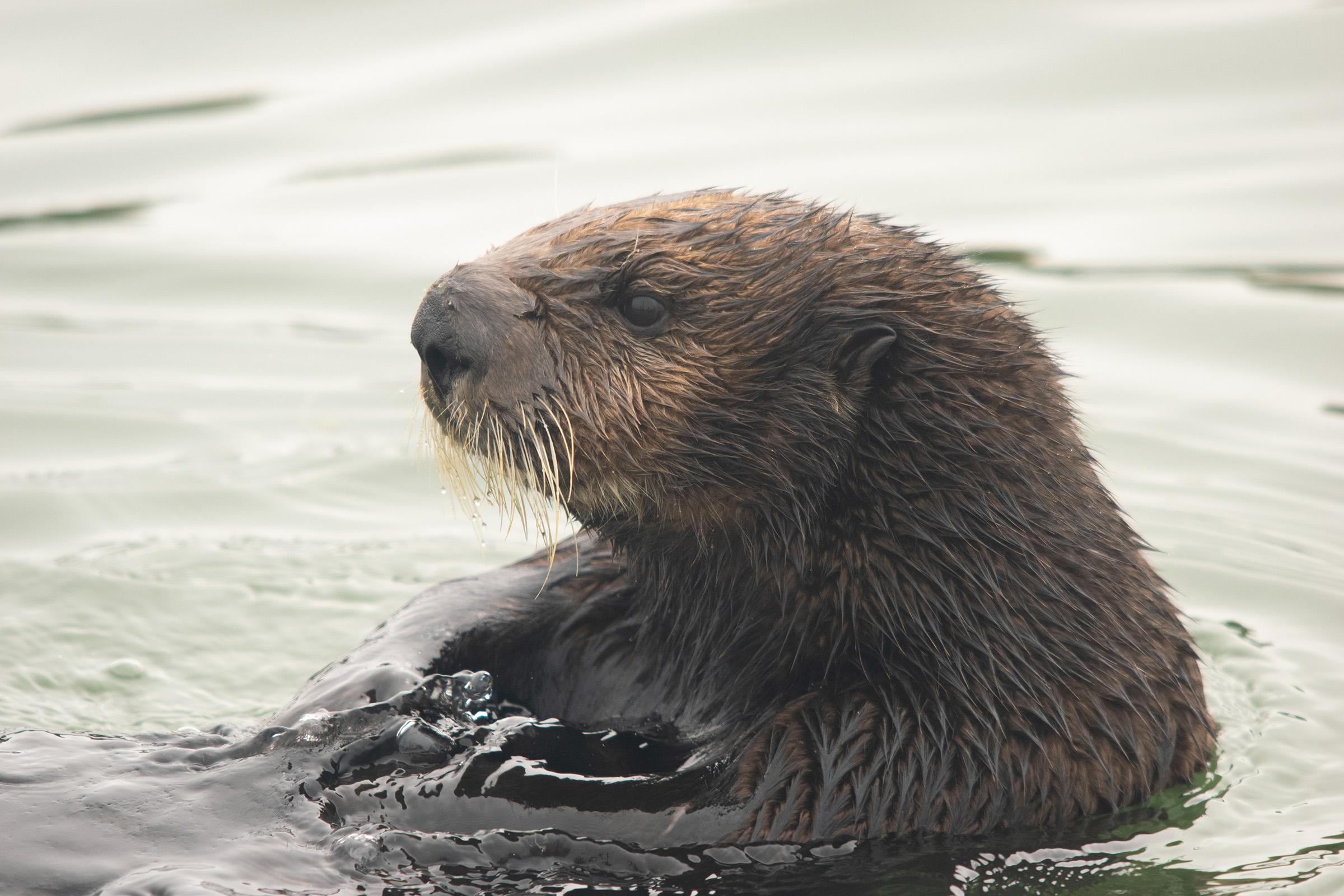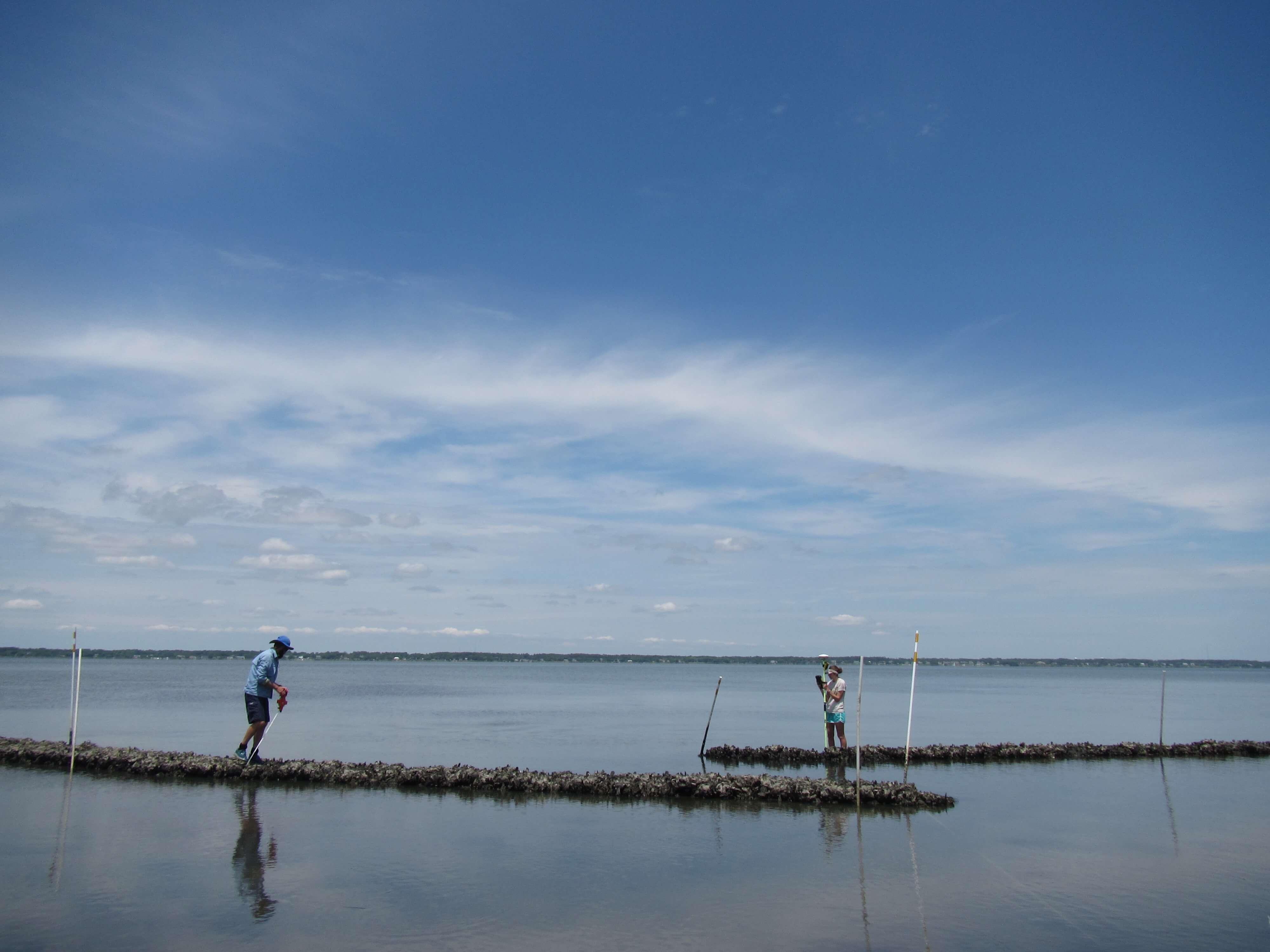Come along with us on a journey of renewal and resurgence as we explore how students and scientists are rebuilding nature in viable ways. Discover the transformative initiatives of Duke Restore, where innovation meets conservation and regeneration, restoring the hope of a more sustainable tomorrow.
September 22, 2024
by Lauren Porcaro
Across oceans, forests, deserts, and ice caps, indicators of climate change persist. In January, delicate almond flowers appear weeks early on gnarled branches in Central Park, just before a deep freeze; in the North Atlantic, right whales abandon traditional feeding grounds in search of food, putting them at risk in unfamiliar shipping lanes. Monarch butterflies migrating to Mexico’s oyamel fir trees find fewer sheltering branches.
This winter also brought a Wall Street Journal report on some American home and auto insurers leaving entire states, especially in areas at high risk for weather-related disasters — a financial marketplace following what plant and animal kingdoms, instinctively, already know: change is here.
In the layer between the natural world and global economies is where human-induced change can occur. What is to be done, within our lifetimes?
Seeds of Resilience
As Earth’s climate saga continues, there is a new story being told from within the folds of a blade of translucent-green seagrass, protecting its new generation of seeds; in a stately forest’s waterways, where a re-engaged community kayaks; for leggy shorebirds, landing again in new marsh; in a red wolf pup’s footfalls, bounding away into the wild.
“Nature can regrow, and we should be able to figure out how to help it,” Brian Silliman, Rachel Carson Distinguished Professor of Marine Conservation Biology, said, speaking recently from a research station on Australia’s One Tree Island, where he’d brought a class. Two hundred yards away, the edge of the Great Barrier Reef drops off into the deep.
Duke Restore, a transdisciplinary initiative begun by Silliman in 2019, has now drawn more than 90 Nicholas School students and professors into teams dedicated to rebuilding and replenishing depleted habitats using methods that work with, rather than against, nature. It is a form of conservation focused on advancing the field of ecosystem restoration to enhance resilience of the natural world and of the communities that inhabit it.
Duke Restore’s creation coincides with the United Nations’ Decade on Ecosystem Restoration, announced in 2020, with the goal “to prevent, halt and reverse the degradation of ecosystems on every continent and in every ocean.” Those involved in the initiative are taking steps to save all manner of ecosystems: rainforests in Borneo; wetlands on the Danube.
So far, six Duke Restore teams have formed: Eco-Cultural, Coral, Living Shorelines, Forest Restoration, Seagrass Farming, and Rewilding. A seventh, Carbon Farming, will be focused on peat bogs in eastern North Carolina.
Starting with North Carolina and extending outward, Duke Restore brings teams directly into the field. Students walk old farmland furrows alongside members of a local organization in Durham that is reclaiming land from a former plantation, to set up a community garden.
In St. Croix, U.S. Virgin Islands, Isaac Benaka, a second-year Master of Environmental Management (MEM) student, who was there in January to photograph damage to Elkhorn coral colonies after a recent, devastating bleaching event, attended a presentation that included a slide of recovering coral, and saw a roomful of scientists break into applause.
It turns out, these scientists have some stories to tell.
Rebuilding Ecosystems, Restoring Hope
Welcome to the heart of Duke Restore, where nature’s resilience meets human ingenuity. Explore the transformative projects that are bolstering ecosystems seriously threatened by climate change, restoring lost and endangered habitat, and cultivating a future where nature thrives alongside communities, resilient and vibrant.
A Restorative Science
Duke Restore puts the Nicholas School at the forefront of a new kind of environmental approach. Conservation organizations haven’t typically used restoration as an intervention because it’s costly and not always successful. But as sea levels rise and communities are beset by unpredictable storms, wildfires and pollutants, restoring ecosystems is being embraced as a scalable strategy to increase habitat resilience.
Observations of how natural systems recover from disturbance can be applied to restoration, increasing effectiveness by mimicking structures in nature that have evolved over time. Learning a better way to re-plant marsh stems in groups, for example, instead of in vulnerable, isolated plantings that more easily uproot in a storm, indicates that small changes can yield massive increases in success.
Teams led by one or two master’s students, with a faculty adviser, determine their objectives, methods, and how to come up with the resources to carry out those objectives. These student-led initiatives appeal to Nicholas school students as a solution-based approach that nets results, said Silliman. “It’s not just documenting decline. They’re passionate about it because it’s tangible.”
Following are snapshots of some of the work being done this winter.
At the root of the Issue: Eco-Cultural Restoration
One of the teams, Eco-Cultural, has already evolved to the point where Rebecca Vidra, senior lecturer of Marine Conservation and Ethics and faculty advisor to the team, would like to refine its name, focusing on community partnerships. As all Duke Restore teams design ecological interventions that will improve local conditions in depleted ecosystems, the Eco-Cultural team’s focus is to broaden the scope of restoration to prioritize the many social and cultural benefits and to think about healing ecosystems and our connections to them. “The first year, we did a big literature review on eco-cultural restoration, which essentially is the idea that, when restoring an ecosystem, there is a possibility for restoring cultural traditions, cultural ties to the land, and communities,” she said. (The review was recently published in the journal Restoration Ecology.)
The Eco-Cultural team is beginning to build a partnership with the Coharie Tribe in Clinton, North Carolina to learn about their work restoring the Great Coharie River. “This tribe, by restoring their river, ended up building the community and connections necessary to restore their cultural traditions,” Vidra said. “Their language. They’re drumming classes. It helped them re-weave those ties.”
Early fieldwork Vidra did in taro fields on Kauai inspired an interest in regenerative agriculture, and the importance of building authentic local relationships. “The best way to do restoration is to go out and do it,” she said. “It’s a different way of thinking about Duke and our resources. What if we used our time and labor, and connections, to really let community lead? And tell us what they want to know? What are the questions they have?”
Another Eco-Cultural team endeavor is to deepen the Nicholas School’s work with Catawba Trail Farm, a Black-led organization in Durham, which is building a community garden out of a section of 200 acres of former plantation land. In a big step forward, the Triangle Land Conservancy transferred ownership of the land to the Catawba Trail Farm in January. Working with Urban Community Agrinomics (UCAN), the organization that stewards this farm, the Eco-Cultural and Forests Teams are collaborating to plan a new garden space, remediate soils, and do a broader forest inventory of the site.
Partnering with Duke Forest and organizations like The Nature Conservancy and the North Carolina Coastal Federation for financial support and expertise is also necessary for long-term solutions.
“If you expand your scope of what you think restoration is, and should be,” Vidra said, this could make Duke “the example of a research-based institution that builds and stewards community engagement, community connections, community partnerships. I want us to lead in that way.”
Reawakening the Woods and Conquering Invaders
One group that has been working closely with the Eco-cultural Team is the Forest Restoration team of about 40 students, newly formed this past fall. Co-leads of the group, MEM first-year students Caroline Kristof and Kristine Lister, described the current work, including a shortleaf pine restoration project in Duke Forest, and a project focusing on the removal of an invasive species, fig buttercup.
Invasive species removal requires an ongoing commitment over several seasons. One of the major goals for this year is setting up partnerships so that the team has the foundation to continue for years to come. “It’s really exciting for us to find these partners and engage with them, knowing that we will have group members — new master’s students — in the future to continue the work.”
Kristof said the challenge between short- and long-term planning is the most challenging component as a new team. Some students prefer short-term forays into fieldwork, “but at the same time we have a lot of people who want to develop their skills, and get certificates, people who really want to get in the weeds — literally — and learn, and be consistent,” she said. Balancing these needs “is what we’re trying to figure out. But it also has been incredibly interesting and rewarding.”
Two groups they’re working with, the Triangle Connectivity Collaborative and Durham Open Space program, are mapping habitat connectivity, studying how easily animals can travel from one natural area to another, for example, said Lister, or whether there are obstacles to wildlife’s ability to forage and thrive: “Can a fox get from Eno River Park to Jordan Lake?”
Duke Restoration Teams in Action
Dive into the fascinating world of marine rejuvenation as we uncover remarkable transformations happening beneath the waves.
Shoring up nature’s resistance
Carter Smith, lecturing fellow in the Division of Marine Science and Conservation, heads the Living Shorelines team and has been working with Silliman on Duke Restore since its inception in 2019. The Duke Marine Lab on Pivers Island, in Beaufort, N.C. itself exhibits a living shoreline. For the past few years, the team has been working with the U.S. Navy on a shoreline project at the Marine Corps Air Station in Cherry Point, N.C. that will be installed soon.
“Living shoreline” is a broad term that covers a range of interventions. “On the really green end of the spectrum, you could just restore a salt marsh. In a low-energy area, that’s going to help attenuate sediments, and help provide coastal protection. In that sense, it might mimic a natural salt marsh really well. On the opposite end of the spectrum, you could have a very highly engineered shoreline, this is closer to the project that we’re working on at Cherry Point, where coastal protection is really important,” said Smith. “They’re trying to protect the shoreline from major hurricane events so they’re putting in a very highly engineered large, granite breakwater, with some marsh plantings behind it.”
Smith described adaptations like putting in a granite sill just offshore a marsh, with gaps that allow fish passage, so that the fish aren’t obstructed from using the marsh behind these breakwaters, and can flux in and out at will, at high tide. In Beaufort, local species like red drum, pinfish and mummichog swim through to protected areas.
“People are excited if they hear that there are blue crabs and red drum in an area,” Smith said. Red drum, or channel bass, is the state saltwater fish of North Carolina.
Near conventional infrastructure, hardened shorelines like concrete seawalls, she said, scientists observe significantly lower biodiversity across plant and animal groups. “What we know now is that they’re not actually as effective, in a lot of circumstances, as people think that they are and they’re definitely not as resilient in the long term, because they typically have very high maintenance costs. They require a lot of continued human intervention.”
Seawalls are built with a fixed sea level in mind, “which is really problematic, if we’re going to see feet of sea-level rise, in North Carolina, over the next 50-75 years,” Smith said. “That makes a big difference in terms of the effectiveness of this structure that was built assuming that the sea level was fixed.”
Using natural elements in coastal infrastructure, she said, has multiple benefits. “One, it is going to be better for the environment — hopefully, we’re going to see higher biodiversity along these natural shorelines if we do it correctly and restore significant portions of habitats — and two, it actually has potential to be really effective, because natural ecosystems can adapt! And change. And they can repair if they get damaged,” she said. “And so, there’s the potential for them to be a more sustainable and more resilient option.”
Leaves of Seagrass: Restoring shorelines, blade by blade
Stephanie Valdez, a PhD student and lead on the Seagrass Farming team, studies a plant that adapted millions of years ago, when it moved from land into saltwater: seagrass. It flowers, seeds, and needs sunlight like a terrestrial plant, and its coastal presence is crucial to fighting erosion and maintaining biodiversity.
Subtidal seagrasses sometimes get overlooked, as they undulate and react to wave energy, just underneath the water’s surface. Their presence, however, is important for many charismatic species on the North Carolina coast, like black drum, flounder, and blue crab, which spend their juvenile stage in and around seagrass meadows, moving on when they are stronger and more mature. Seagrass provides protection from predators and offers resources to juveniles such as food and anchoring substrate for egg-laying animals.
Valdez drew a parallel between the way Duke Restore works, to the seagrass meadows that work in conjunction with a salt marsh, to offer these species, and the shoreline, layers of protection from storm surges.
“And it’s that layering of multiple species — no one species can do it alone,” she said. “That what’s really interesting about Duke Restore. Even though we have separate teams, we’re all communicating across teams; Living Shorelines is working to create facilities that work for both marsh and seagrasses.” Valdez and the Duke Restore Seagrass team are working with the Department of Environmental Quality and other agencies to determine the permitting language needed for a seagrass farm.
A Dive into Reef Regeneration
In January, the U.S. Virgin Islands are subject to Christmas winds, which were combing over St. Croix just as Benaka arrived on the island to try to take photos of the reef by drone as part of a Corals team project spearheaded there by marine biologists at The Nature Conservancy. “It’s super exciting to be on the project, to get to be a part of it,” Benaka said, as he described waiting for whitecaps to subside.
For coral-reef monitoring, in general, sending divers out to the reef periodically to inspect coral populations is incredibly time consuming and expensive, he said, “but if we can use drone imagery to monitor the reef and keep tabs on corals and their health status, then we can — much more rapidly than we’ve ever been able to before — get an idea of what makes a successful reef in the face of climate change.”
Benaka had taken up the project that Hayden Dubniczki MEM’24 began last summer, working with The Nature Conservancy. Dubniczki described the overall goal of the Duke Restore Coral team: to spark some on-the-ground efforts to achieve coral restoration at the Duke Marine Lab, as well as to connect students to research opportunities with organizations outside of Duke.
“I spent many, many hours sitting at a computer and outlining coral colonies,” she said, describing building the foundation for a deep-learning model. “We also outlined mounding corals, like brain coral, and Millepora fire coral — it looks very similar to Elkhorn — so we want to make sure the model can make that close distinction.”
Dubniczki and Benaka worked with George Raber and Steve Schill at The Nature Conservancy’s project in St. Croix, who shared extensive knowledge of drones and coral reef—as well as with a state agency in St. Croix and TNC staff who live there full time. “Getting their perspective on the successes or failures they’ve had while trying to bolster their coral reef populations was definitely inspiring,” Dubniczki said.
“Hayden and Isaac have been instrumental in developing a library of coral examples that the Deep Learning algorithm learns and uses to map coral colonies across many miles of reef,” Schill said. “Our goal is to develop a library of hundreds of field-validated examples so these patterns can be learned by an automated classifier that can then map thousands of corals whenever we collect new drone imagery.” They will use the information to observe how the reef changes over time, for adaptive management.
The Future of Ecological Conservation: Regrowth
Glimpse into the future of conservation. Discover how coral, shoreline, and seagrass restoration projects stimulate enhanced biodiversity, and pave the way for more resilient and vibrant ecosystems.
Where the Wild Things Were: Bringing Back Native Species
Globally, as conservation programs have succeeded, animals on the endangered list have moved from threatened status to normal. Building on that progression, the Rewilding team was formed whose objective is to identify large species for reintroduction into the wild. The team is working with several other Duke Restore teams, including Forest Restoration and Corals, planning to return formerly endangered species like the red wolf to its original habitat in North Carolina. On the California coast, sea otters released from captivity have helped fuel a successful rebound in estuaries near Monterey Bay, which has, in turn, stabilized and restored local marshes.
Renewal: The Path Forward
Smith is looking forward to the installation of the new breakwater at the military base in Cherry Point, which will bring to bear many elements of Duke Restore, including building a natural shoreline, with a variety of local fish species maintaining their ecological role. Restoration as conservation works, Smith said. “It’s a solution that’s helping to meet goals that are important to humans, but also important for the functioning of these ecological systems.”
In undulating seagrass submerged in the cold Atlantic, a community of oysters, blue crab and young channel bass will go about their day, unaware of their advocates on land. “You’re getting better, cheaper coastal protection in the long term, and it’s good for the environment,” Smith said. “What a great reason for hope.”


